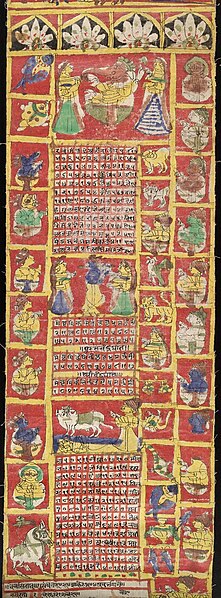So I have continued on with the series "Seven Secrets of Hindu Calender Art" and I still enjoy it quite a bit. I think I'm finding that reading the notes in advance before watching the video itself is actually the best way to enjoy this series. Just like "Seven secrets of Vishnu", this series is extremely dense and I mean extremely dense. It's very hard to follow what's going on unless you already understand what is happening. Thus, I really reccomend reading the notes before you actually start watching the videos themselves. There is a massive trove of information within these videos and you'll get new information every few seconds and so using the wikipedia links while you watch is still reccomeded. Being able to have links to these new topics that pop up is really useful.
As for the actual information in the series, it's of very good quality and the explanation format works very well. I found it really interesting that the Greeks did not believe in rebirth. I guess I'd always known the Greeks believed in an afterlife but the separation between an actual rebirth and an afterlife is a very distinct point that I guess was clarified by this video series. The focus on rebirth in Hinduism is almost something entirely unique to it in its form.
Biblography: Seven Secrets of Hindu Calendar art,
link

No comments:
Post a Comment